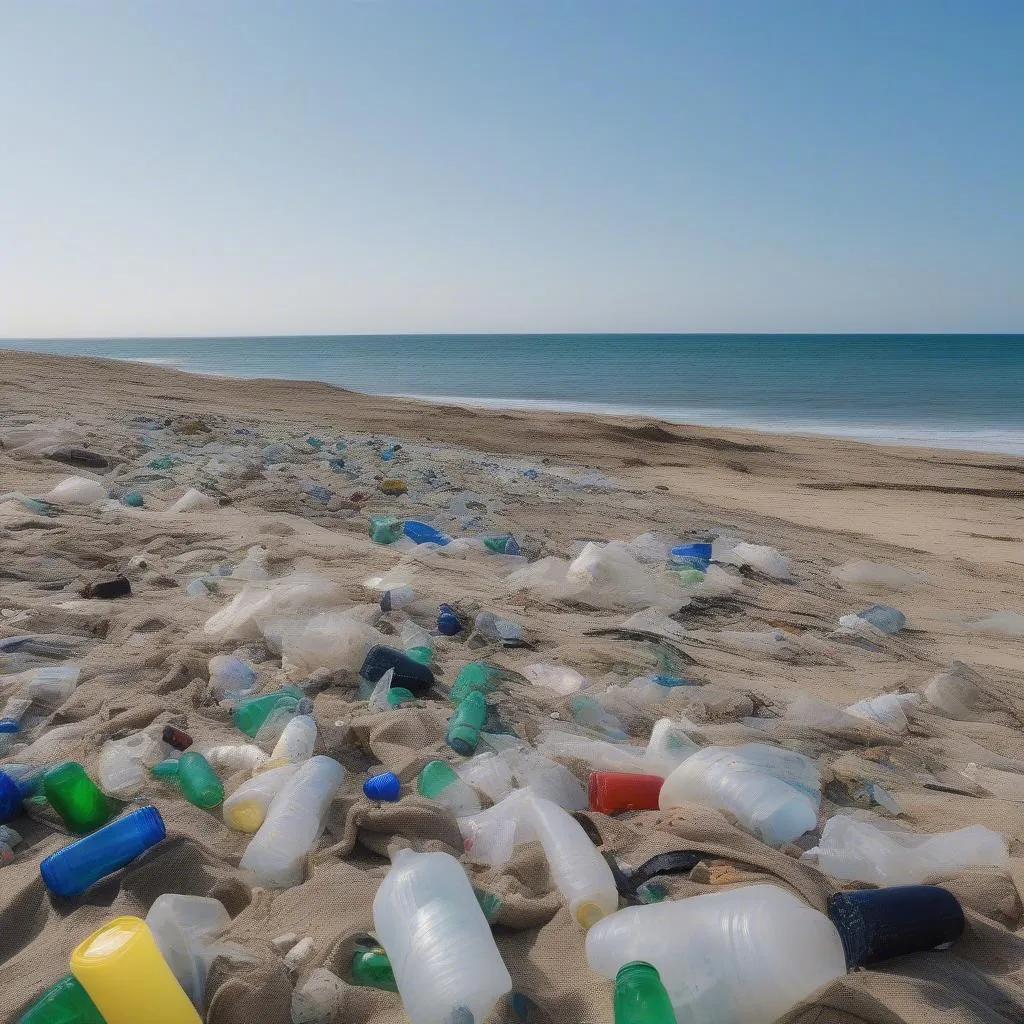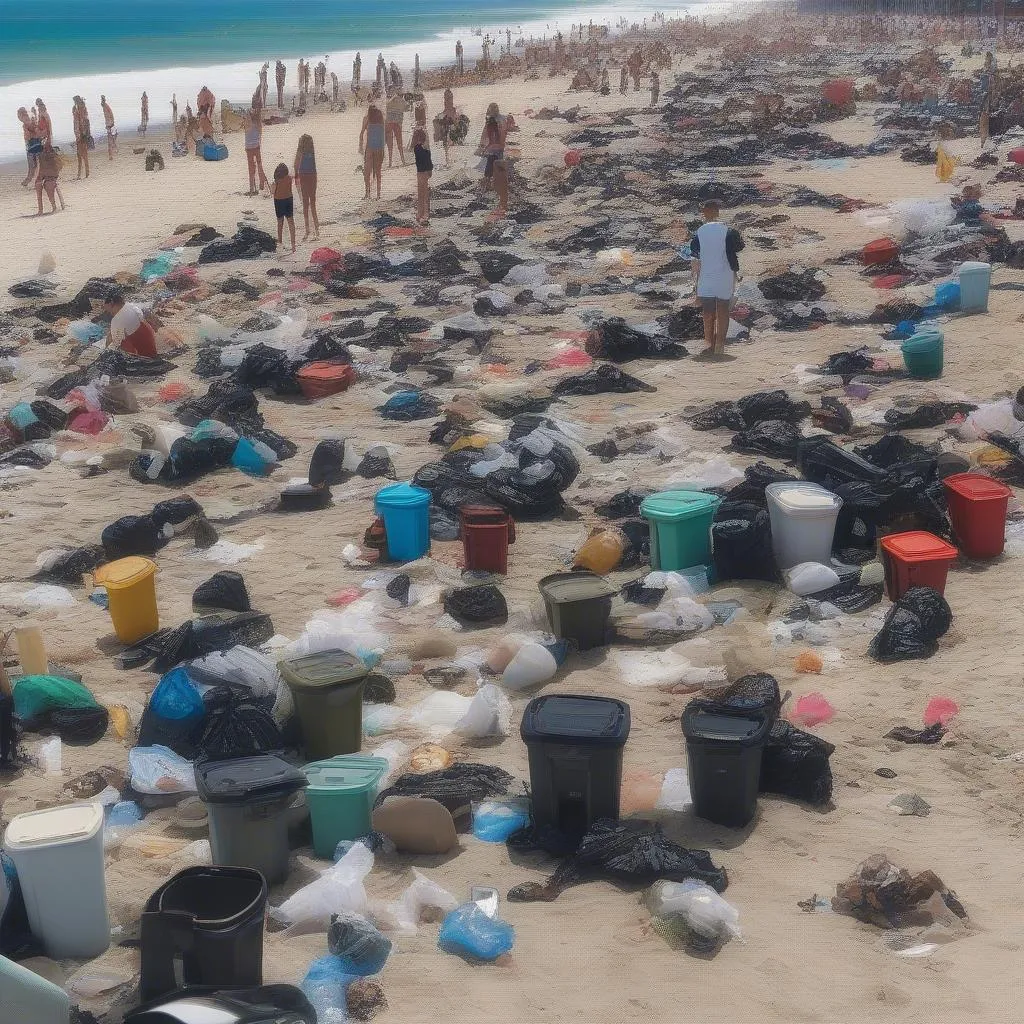We’ve all been there, captivated by a stunning Instagram photo of a pristine beach or a majestic mountain range, our wanderlust ignited with an undeniable urge to experience such beauty firsthand. Tourism, the very industry that thrives on showcasing the world’s wonders, sadly, also plays a role in jeopardizing them. Today, we’ll delve into the less glamorous side of travel – the environmental pollution it contributes to – and discuss how we can explore our beautiful planet more responsibly.
Imagine this: you’re strolling along the bustling streets of Bangkok, Thailand, tantalized by the aroma of street food wafting from every corner. But as you look closer, amidst the vibrant culture and friendly faces, you notice plastic waste overflowing from bins, clogging waterways, and tarnishing this tropical paradise. This, unfortunately, is a common sight in many tourist hotspots worldwide.
How Tourism Contributes to Pollution
The tourism industry, while a boon for economies and cultural exchange, leaves behind a substantial environmental footprint. Here are several ways it contributes to pollution:
1. Air Travel and Transportation Emissions:
Let’s be honest, the excitement of a trip often starts with a plane ticket. But air travel is a major contributor to greenhouse gas emissions. Additionally, transportation within destinations, especially reliance on buses, cars, and boats, adds to the carbon footprint.
Did you know? According to a study by the journal “Nature Climate Change,” tourism accounts for about 8% of global greenhouse gas emissions!
2. Waste Generation and Plastic Pollution:
From single-use plastic water bottles and hotel toiletries to souvenir packaging and food waste, tourist destinations often struggle to manage the sheer volume of garbage generated. This waste often ends up in landfills, polluting soil and water sources, or worse, in our oceans, harming marine life.
Expert Insight: “The rise of fast travel and ‘throwaway’ tourism culture has exacerbated the waste crisis in many popular destinations,” notes Dr. Emily Carter, an environmental scientist specializing in sustainable tourism at the University of California, Berkeley.
3. Water Usage and Contamination:
Tourist accommodations, especially resorts with sprawling golf courses and swimming pools, often place a strain on local water resources. Additionally, improper wastewater treatment can contaminate water sources, impacting both human and ecological health.
4. Damage to Natural Habitats and Wildlife:
Unregulated tourism can lead to the destruction of sensitive ecosystems. Trampling on coral reefs, disrupting wildlife habitats, and pollution from littering can have devastating consequences for biodiversity.
A cautionary tale: The once pristine Maya Bay in Thailand, made famous by the movie “The Beach,” was closed indefinitely in 2018 due to severe environmental damage caused by overtourism.
 plastic pollution on a beach
plastic pollution on a beach
 impact of overtourism
impact of overtourism